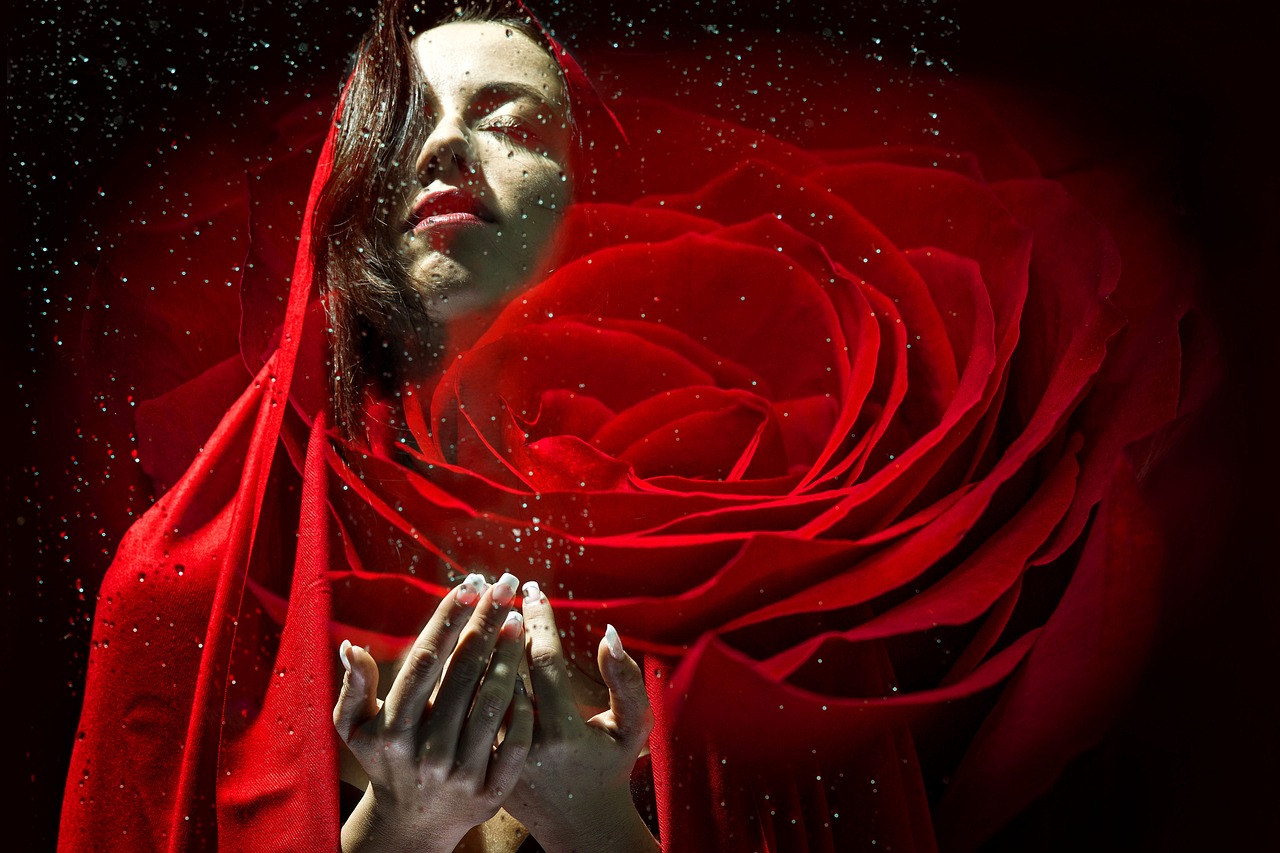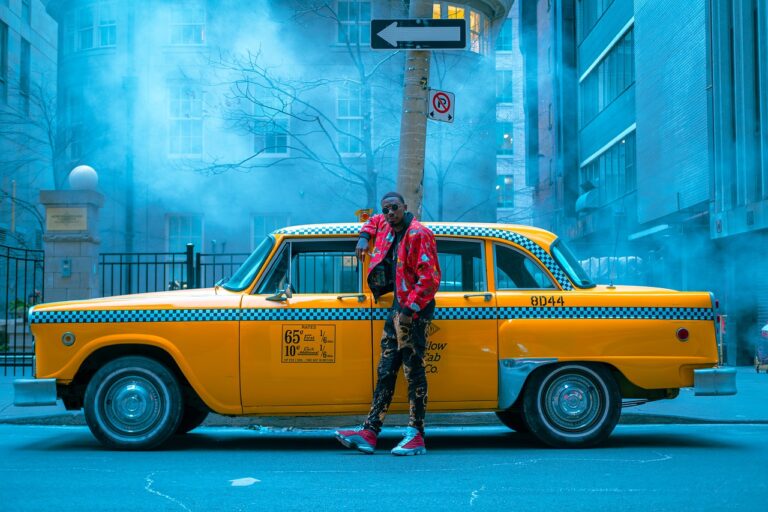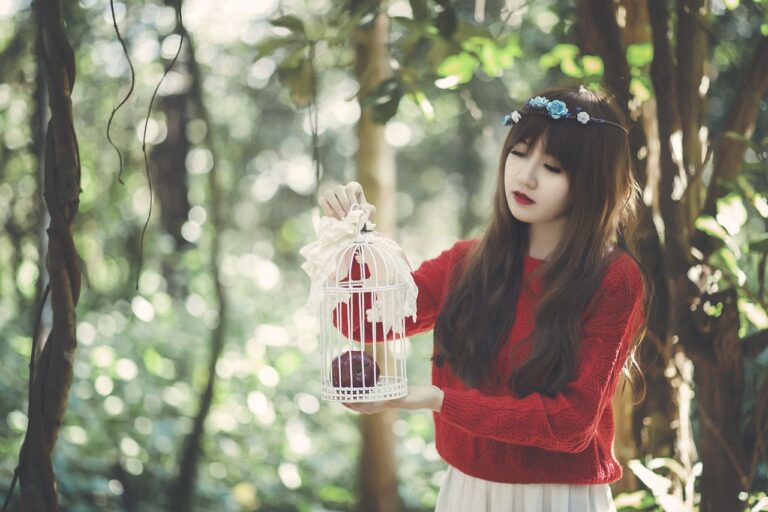Fashion and Music: The Influence of Music Subcultures on Style Trends
The 1960s marked a significant turning point in the realm of music and fashion, giving rise to various subcultures that would shape the cultural landscape for decades to come. From the rebellious spirit of rock ‘n’ roll to the psychedelic sounds of bands like The Beatles and Pink Floyd, music became not only a form of entertainment but a powerful means of expression for the youth of the era. Alongside this musical revolution emerged new fashion trends that reflected the attitudes and ideologies of the time.
In the midst of this creative explosion, the bohemian style gained popularity among the younger generation, characterized by its free-spirited and unconventional approach to dressing. Influenced by artists, musicians, and writers, individuals embraced flowing fabrics, eclectic patterns, and an overall laid-back aesthetic that defied the traditional norms of fashion. This bohemian style became synonymous with the counterculture movement of the 1960s, encapsulating a spirit of nonconformity and individuality that resonated with many who sought to break away from the conventions of mainstream society.
Psychedelic Rock and Bohemian Style
In the 1960s, the intertwining of music and fashion gave rise to the vibrant counterculture of psychedelic rock and bohemian style. Psychedelic rock bands like The Beatles and Jefferson Airplane revolutionized the music scene with their experimental sounds and mind-altering lyrics, inspiring a new wave of artistic expression. This musical movement influenced fashion trends with its eclectic mix of colors, patterns, and unconventional designs, reflecting the free-spirited and rebellious ethos of the era.
Alongside the psychedelic sounds, bohemian style emerged as a fashion statement synonymous with creativity and individuality. Drawing inspiration from global cultures and nature, bohemian fashion embraced flowing fabrics, fringe details, and an eclectic mix of accessories. This laid-back and unconventional approach to dressing became a symbol of nonconformity and self-expression for the youth of the 1960s, embodying the spirit of rebellion and freedom that defined the decade.
The Hippie Movement and Bell Bottoms
The Hippie movement of the 1960s brought about a cultural revolution that rejected mainstream norms and embraced peace, love, and freedom. Along with their ideals, Hippies also made a distinctive fashion statement with their preference for loose, flowing clothing such as bell-bottom pants. These iconic trousers, characterized by their flared bottoms, became a symbol of the counterculture movement and were often adorned with bright, colorful patterns.
Bell bottoms not only reflected the free-spirited nature of the Hippie movement but also challenged traditional gender norms by being worn by both men and women. The exaggerated flare of these pants added a touch of whimsy to outfits, making them a staple in the wardrobes of the era’s trendsetters. Paired with tie-dye shirts, fringed vests, and peace sign accessories, bell bottoms embodied the spirit of nonconformity and laid-back bohemian style that defined the Hippie subculture.
• Bell bottoms became a symbol of the counterculture movement
• They were often adorned with bright, colorful patterns
• Exaggerated flare added whimsy to outfits
• Challenged traditional gender norms by being worn by both men and women
• Paired well with tie-dye shirts, fringed vests, and peace sign accessories
What was the Hippie Movement?
The Hippie Movement was a countercultural movement that emerged in the 1960s, characterized by a rejection of mainstream society and an embrace of peace, love, and freedom.
How did the Hippie Movement influence fashion trends?
The Hippie Movement had a significant impact on fashion trends, with its followers opting for loose, flowing garments, vibrant colors, and natural fabrics. The movement popularized items such as tie-dye shirts, fringe jackets, and bell bottom pants.
Why were bell bottoms such a popular fashion choice among hippies?
Bell bottoms became a staple of hippie fashion due to their loose and comfortable fit, as well as their association with a bohemian lifestyle. The wide flared legs of bell bottoms allowed for ease of movement and were seen as a symbol of rebellion against mainstream fashion norms.
Are bell bottoms still popular today?
Bell bottoms have experienced a resurgence in popularity in recent years, with many fashion designers incorporating them into their collections. While they may not be as prevalent as they were during the 1960s and 1970s, bell bottoms continue to be a beloved fashion staple for those looking to make a statement with their style.







